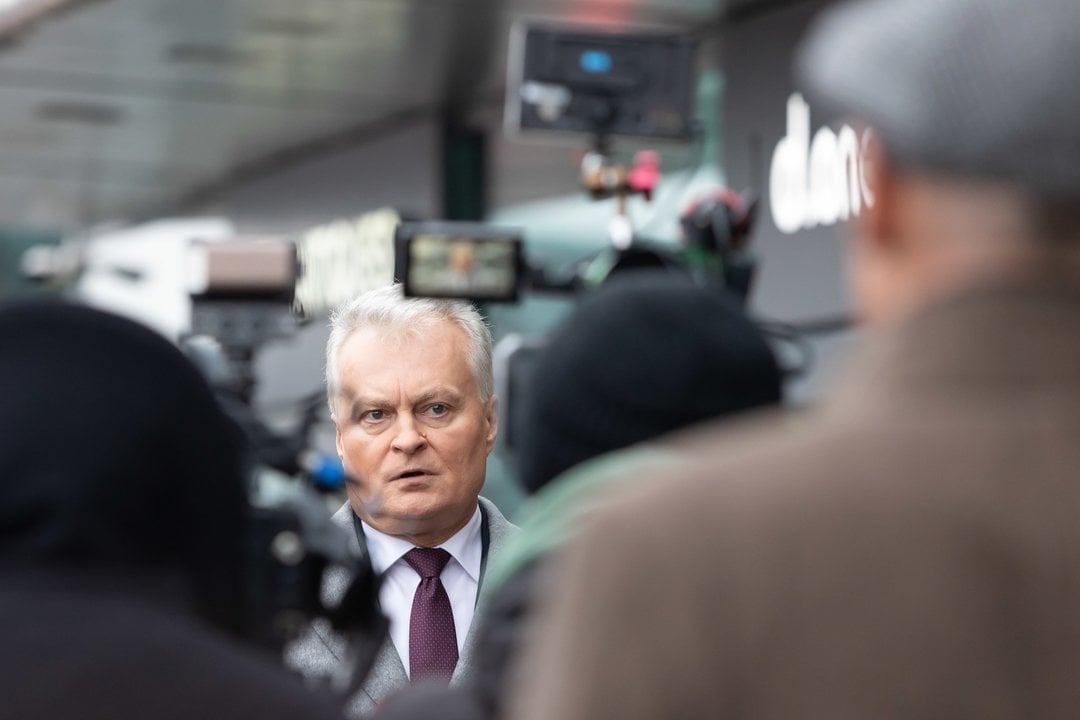Norway’s second-largest city, Bergen, with a port in the North Sea, is leading the way in implementing blue economy objectives. And Norway’s own sustainability targets are impressive. The country, famous for its fossil fuel (natural gas and oil) resources, plans to reduce its carbon footprint by more than 50% by 2030 and become climate neutral by 2050.
Bergen and its port may well become a model for more than one country on how efficient and beneficial the blue economy is. The Norwegian city, which is embracing its principles, has withstood the shock of the COVID-19 pandemic well despite its heavy reliance on tourists. It is also continuing its transformation projects, which involve cross-sector and cross-community collaboration, innovation, and investment.
Prepare to be surprised, but the Port of Bergen’s ultimate goal is not zero carbon dioxide (CO2) emissions. It is number two. Bergen’s first objective is precisely strong financial performance and profitability, so there is no doubt that the two points really do go together.
Looking at Klaipėda Seaport, which is trying to solve the problem of the interrupted Belarusian and Russian cargo flow, it is clear that the principles of the blue economy are still only an aspiration for it. In fairness, it should be acknowledged that sustainability has never been a priority for the Port of Klaipėda, as it has focused on business development and relied on the stability of established relationships, upon the disappearance of which it was found that the port simply has no other scenario prepared.
There is no doubt that Klaipėda Port’s strategy and investments were not geared towards future solutions, especially in adapting to the Green Deal of the European Union (EU), which was ultimately determined by the climate crisis. However, what proportion of investment in the port has been directed towards alternative solutions: robotics, digitalisation of operations, pollution reduction?
It is clear that Klaipėda has also lacked an open and intensive dialogue between the port, its controlling authorities, the companies operating in the port, the city, and the communities. Therefore, the Green Concept of the port, which is also of a recommendatory nature, has so far failed to convince either local residents or national policymakers. The municipal government is blocking new plans for potentially polluting cargo handling by private companies, which is a serious signal that the public’s patience is wearing thin.
A seaport is a complex piece of engineering infrastructure, with land roads and railways running into it, cargo arriving and departing, and ships are arriving and departing. Successful examples of seaports in other countries show that it is not enough for a seaport to produce its own solar panels for electricity simply or to develop a non-committal concept.
Unlike Europe, the US has not declared a national carbon neutrality target. And yet, the US Port of Long Beach, considered one of the greenest in the US, or the main gateway for trade between the country and Asia, confirmed its Green Fleet policy back in 2006 and its commitment to procure a fleet of vehicles that is 100% carbon neutral (CO2) by 2030.
In addition, the seaport has consistently and deliberately promoted the replacement of polluting lorries and, together with the nearby Port of Los Angeles, has since April introduced a charge of up to USD 20 per loaded container entering or leaving the port. Only green zero-emission lorries are exempt from this charge.
Maritime transport emits about 940 million tonnes of CO2 each year, or about 2.5% of global greenhouse gas emissions. The International Maritime Organisation (IMO) has set a target to reduce CO2 emissions from shipping by at least 50% by 2050. The EU ETS Directive stresses the need for action on ship emissions as well, and the EU’s Green Deal will also encourage fundamental change in the sector.
In our country, railways are being electrified, and road transport companies are also looking to electric, LNG-powered lorries to become less polluting. Hydrogen is another fuel of the future, and Germany is developing refuelling stations mainly for heavy transport. For the logistics sector alone, the future direction of the port would be more clearly defined by knowing whether it will be possible to recharge modern vehicles on arrival with the next generation of fuels. The type of green pricing or other measures that will be used in the seaport to encourage or motivate change is crucial. And not just for this sector, but for all partners.
Far from being an obligation or an expense, the path to sustainability is an opportunity to increase operational efficiency, save resources, and improve reputation and relationships. There is no other way, and it requires a change of mindset and a decision on where Klaipėda Seaport can fit in the modern world.




